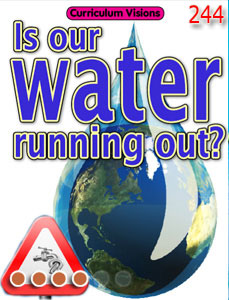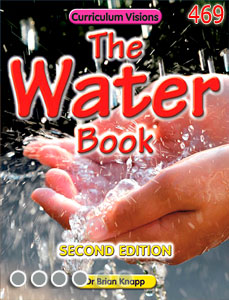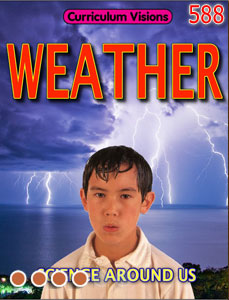Many places in the world have dry seasons. During the dry season ponds and rivers may dry up and the soil dries out. The plants and animals that live in habitats where dry seasons occur are adapted for surviving long periods without water. For example, broadleaved trees may lose their leaves until the rain returns. Some fish, such as the lung fish, make a burrow in the dried-up river bed and stay there until the river begins to flow again.
Because a drought is unexpected, few animals are adapted to this. This is why dry seasons cause little harm to wildlife, but drought may bring catastrophe.






